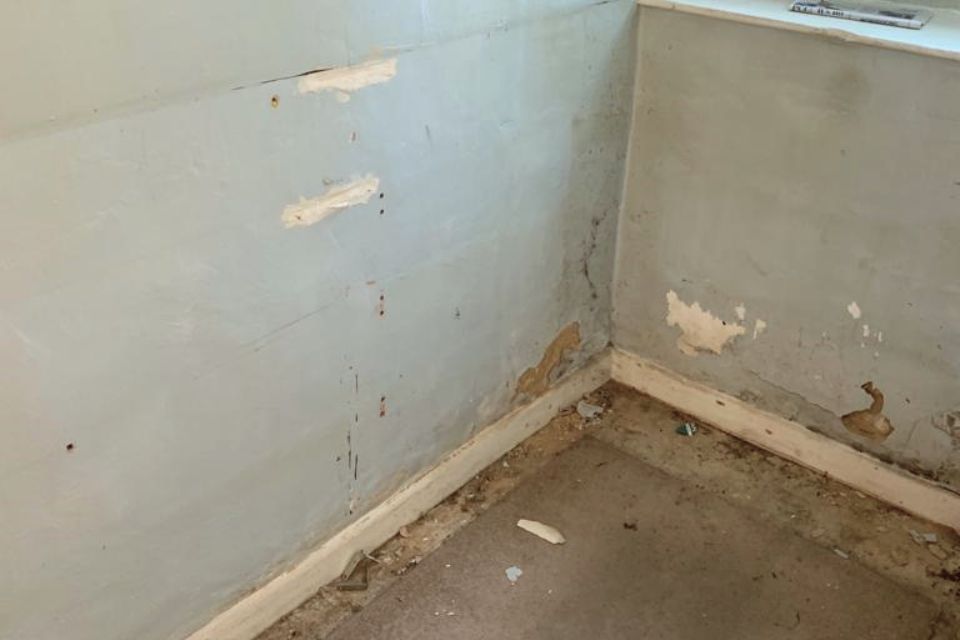Hygroscopic salts are water soluble salts that are naturally present in the ground. They attract water from the atmosphere and can be the cause of damp problems in the home.
You won’t always see the salt deposits in your walls, but occasionally they look like a tide mark of white powdery residue, called efflorescence. More often than not, you will see the result of the dampness, which could be peeling and wet wallpaper, bubbling paint or blown plaster. There may also be black mould present.
The salts to blame are nitrates and chlorides of salts such as sodium, calcium and magnesium.
The trouble with hygroscopic salts
Literally speaking, hygroscopic means ‘moisture look’, as in the salts will attract the moisture from the surrounding atmosphere and make it visible on whichever surface the deposits are within. Condensation is the first clue to having this problem, although this is often caused by other means.
Salt deposits can remain in the fabric of the building after the original cause has been rectified. For example, rising damp where water is drawn up from the ground into the wall can be fixed by installing a chemical damp proof course, but if the damp plaster and plasterboard are left to dry out naturally, they are likely to be contaminated with hygroscopic salt deposits. This will result in continued damp problems, possibly making the homeowner believe the rising damp has not been rectified at all.
How to fix the problem of salt deposition and dampness
The first thing to do to fix the problem of hygroscopic salts making your walls damp, is to address the underlying cause of the salts being present. The only permanent way to prevent moisture accumulating in the future is to remove the affected plaster board and replace it with new materials.
It is vital that plasterboard and plaster does not touch the floor junction at the bottom of a wall, so there is no direct route for moisture to travel vertically – not having this gap is often what causes damp problems in homes with solid concrete floors. The function of a skirting board is to conceal this gap and protect the home from drafts.
If condensation is also a concern in the property, we may consider a treatment such as damp proof membrane or Isotherm to raise the surface temperature and reduce the risk of moisture condensing on the walls.
What to do if you see hygroscopic salts in your home
At the first sign of moisture accumulating on your walls, or if you see the telltale tide mark, contact a damp specialist for a survey. Here at Property Conservation Services, there is no charge for our damp and timber surveys, and you will be given a full report including quotation within a few days.
Plastering, chemical DPCs, timber treatments and membraning by our technicians are guaranteed for 10 years. Contact us today to book your free damp survey.

